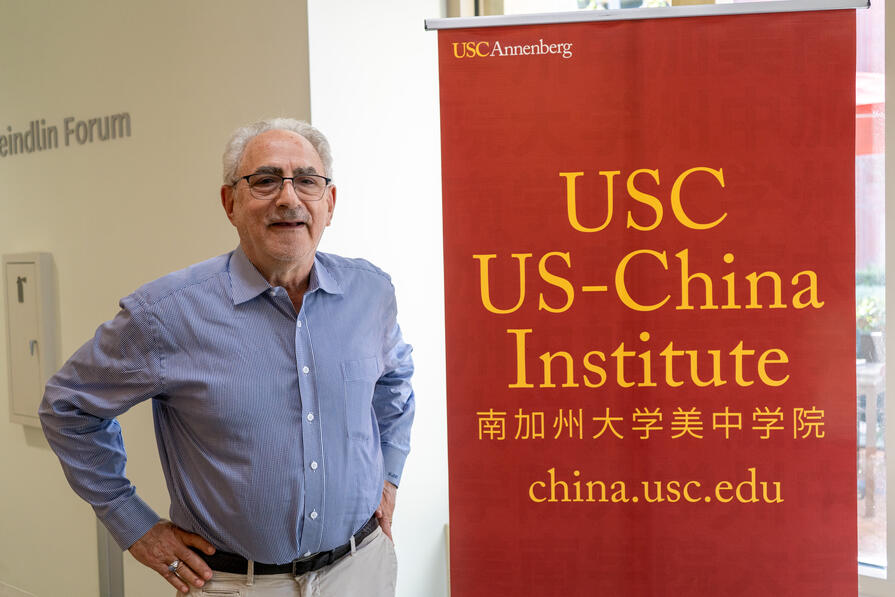Hui-Ru Ellen Chen, Ph.D.
Abstract (Summary)
Five main characteristics of Taiwan's corporate economy are identified to support the growth process: (1) predominance of small- to medium-sized enterprises, (2) small firms aiming at outward economy since the colonial period, (3) the importance of state enterprise, (4) political paranoia and financial conservativeness, and (5) the low macro leverage and low debt of corporations. What contrasts Taiwan from most other Asian economies was financial conservativeness (low macro leverage and low-debt of corporations). This might somewhat limit economic growth, but also helped it to weather the financial storm.
The dissertation goes on to explore how Taiwan made it through the export expansion in the late 1960s, industrial depending in the 1970s, and technological upgrading in the 1980s. "Learning by doing" linked outward economic development with gradual phases of industrialization as well as from internally generated changes to increase the technological self-sufficiency. The growth model of corporations is different than that of other Asian countries in terms of size, ownership concentration, and financing structures. Compared to other Asian countries, the size of corporations in Taiwan was smaller, the ownership structure was more widely held, and the leverage and investment were relatively lower.
Does a management-controlled corporation grow faster than owner-controlled corporations, even if the agency problem exists? I examine the empirical validity of the growth hypothesis, taking into account of growth constrains via the use of discriminant analysis. Within management-controlled corporations in US, the growth constraints are weakly binding; I find the management-controlled corporations indeed grow faster than owner-controlled corporations in the case of USA. But, in the case of Taiwan, almost of corporations are owner-controlled and the growth constraints are strongly binding; in Taiwan, owner-controlled corporations grow faster than management-controlled corporations.
Via the Principal Component Analysis, five financial factors for driving the common variation in differentiating company performance are identified as (1) return on investment; (2) capital turnover ratio; (3) size of corporation; (4) long-term solvency; (5) short-term liquidity. The analysis of variation in 1997 and 2003 reveals that the five financial ratio groups posses a high degree of cross-sectional stability; financial stability is often acknowledged as a contributing part to a healthy financial system in a country. Using those five PCs as independent variables to properly interpret repressors in a regression equation, I find that firm growth is not random in nature. There is a positive significant relationship between corporate growth rate and the return on investment for years of 1997 and 2003; after the financial crisis, "the size of corporation" plays an important role as well, which means that bigger companies have more successful rate in financing company's growth.
Advisor: Cheng, Harrison



